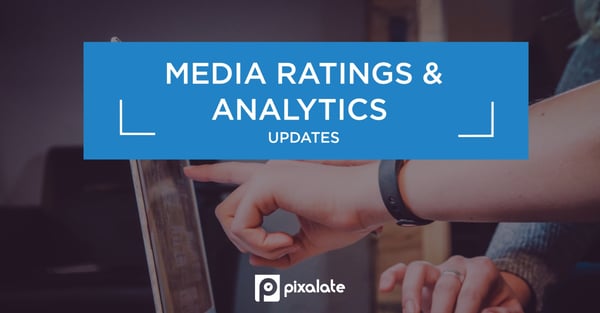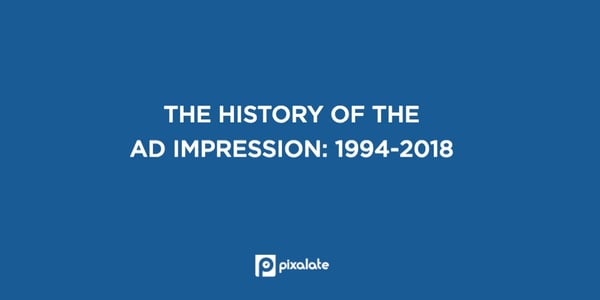
This week's review of ad fraud and quality in the digital advertising space.

Pixalate has announced several updates to its Media Ratings and Analytics dashboards. These updates are a direct result of customer feedback. We this week launched the Custom Discovery Dashboard, a customizable dashboard for customers to quickly access and analyze the supply sources that matter most to their businesses. See the new updates below:

Over the past 20 years, industry standards for recording impressions have gone through a series of changes. Pixalate's infographic walks you through the history of impression measurement in the digital advertising landscape, starting with the first online banner ad, sold in 1994.

"Bad actors are pretending to be legit, demand-side platforms to try and fool partners and blend in with real ad calls as a way to purvey malware and litter the web with forced redirects," reported AdExchanger. "Once the bogus buyer passes muster, usually by promising access to primo demand, it’s up to the supply-side platform to act as the last defense, and that’s often difficult to do at scale."

"eMarketer estimates that more than four of every five digital display ad dollars in the US today transact via programmatic means," wrote eMarketer, announcing its new U.S. programmatic ad spending forecast. "More than four fifths of mobile display and video ad dollars also already flow through programmatic channels." eMarketer "expects the vast majority of US digital display ad dollars (86.3%) will transact programmatically by 2020, up from 82.5% this year."

"The Association of National Advertisers says the FBI has contacted its outside counsel to request cooperation of the trade association and its members in what it calls a 'criminal investigation into media buying practices,'" reported Advertising Age.
Sign up for our blog to stay updated with new stats, trends, and analysis of digital ad fraud.
*By entering your email address and clicking Subscribe, you are agreeing to our Terms of Use and Privacy Policy.
These Stories on Weekly Recaps
*By entering your email address and clicking Subscribe, you are agreeing to our Terms of Use and Privacy Policy.

Disclaimer: The content of this page reflects Pixalate’s opinions with respect to the factors that Pixalate believes can be useful to the digital media industry. Any proprietary data shared is grounded in Pixalate’s proprietary technology and analytics, which Pixalate is continuously evaluating and updating. Any references to outside sources should not be construed as endorsements. Pixalate’s opinions are just that - opinion, not facts or guarantees.
Per the MRC, “'Fraud' is not intended to represent fraud as defined in various laws, statutes and ordinances or as conventionally used in U.S. Court or other legal proceedings, but rather a custom definition strictly for advertising measurement purposes. Also per the MRC, “‘Invalid Traffic’ is defined generally as traffic that does not meet certain ad serving quality or completeness criteria, or otherwise does not represent legitimate ad traffic that should be included in measurement counts. Among the reasons why ad traffic may be deemed invalid is it is a result of non-human traffic (spiders, bots, etc.), or activity designed to produce fraudulent traffic.”

